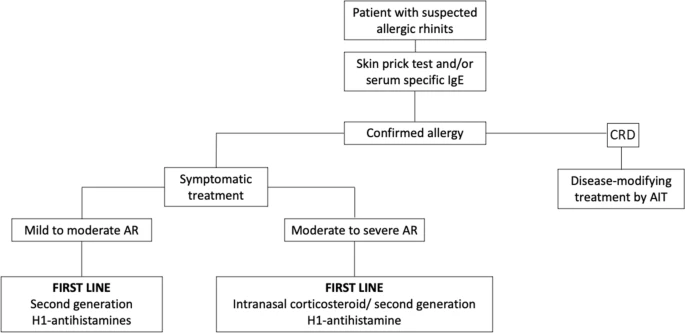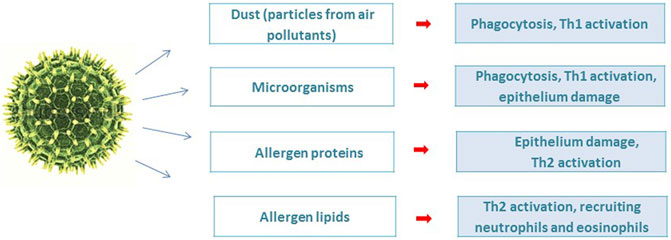, , , et al. Allergic multimorbidity is associated with self-reported anaphylaxis in adults—A cross-sectional questionnaire study. Clin Transl Allergy. 2022;e12184. https://doi.org/10.1002/clt2.12184
Abstract
Background
Anaphylaxis has increased over the last two decades in Europe, reaching an estimated prevalence of 0.3% and an incidence of 1.5–7.9 per 100,000 person-years. Allergic multimorbidity is associated with asthma severity, yet its role in anaphylaxis is not fully understood. Our aim was to study association between allergic multimorbidity and anaphylaxis in adults.
Methods
We used population-based data from the Finnish Allergy Barometer Study (n = 2070, age range: 5–75). Food allergy (FA), atopic dermatitis (AD), allergic rhinitis (AR) and allergic conjunctivitis (AC), were defined from a self-completed questionnaire. A logistic regression adjusted on potential confounders (sex, age, smoking status) was applied to estimate the anaphylaxis risk associated with allergic multimorbidity.
Results
se (FA, AD, AR, AC) with/without asthma (AS) were included. Of these, 164 had self-reported anaphylaxis [mean (SD, min-max) 54 (14, 22–75) years, 17% men]. AS, FA, AR, AC, or AD were reported by 86.0%, 62.2%, 82.3%, 43.3%, and 53.7% of subjects with anaphylaxis and respectively by 67.8%, 29.5%, 86.2%, 29.4%, and 34.4% of subjects without anaphylaxis. Compared with subjects exhibiting only one allergic disease, the risk of anaphylaxis increased with the number of allergic diseases; adjusted odds ratios (OR) [CI95%] for two, three, four and five coinciding allergic diseases were 1.80 [0.79–4.12], 3.35 [1.47–7.66], 7.50 [3.25–17.32], and 13.5 [5.12–33.09], respectively. The highest risk of anaphylaxis (6.47 [4.33–9.92]) was associated with FA + AS or their various variations with AR/AC/AD embodied, when compared with AR, AC, and AS separately or their combinations.Conclusions
Anaphylaxis was positively associated with the number of allergic diseases a subject exhibited and with subgroups including FA and/or AS. The results can be applied when estimating the risk of anaphylaxis for individual patients.

















 Ekaterina I. Finkina
Ekaterina I. Finkina Daria N. Melnikova
Daria N. Melnikova Ivan V. Bogdanov
Ivan V. Bogdanov Barbara Bohle
Barbara Bohle Tatiana V. Ovchinnikova
Tatiana V. Ovchinnikova